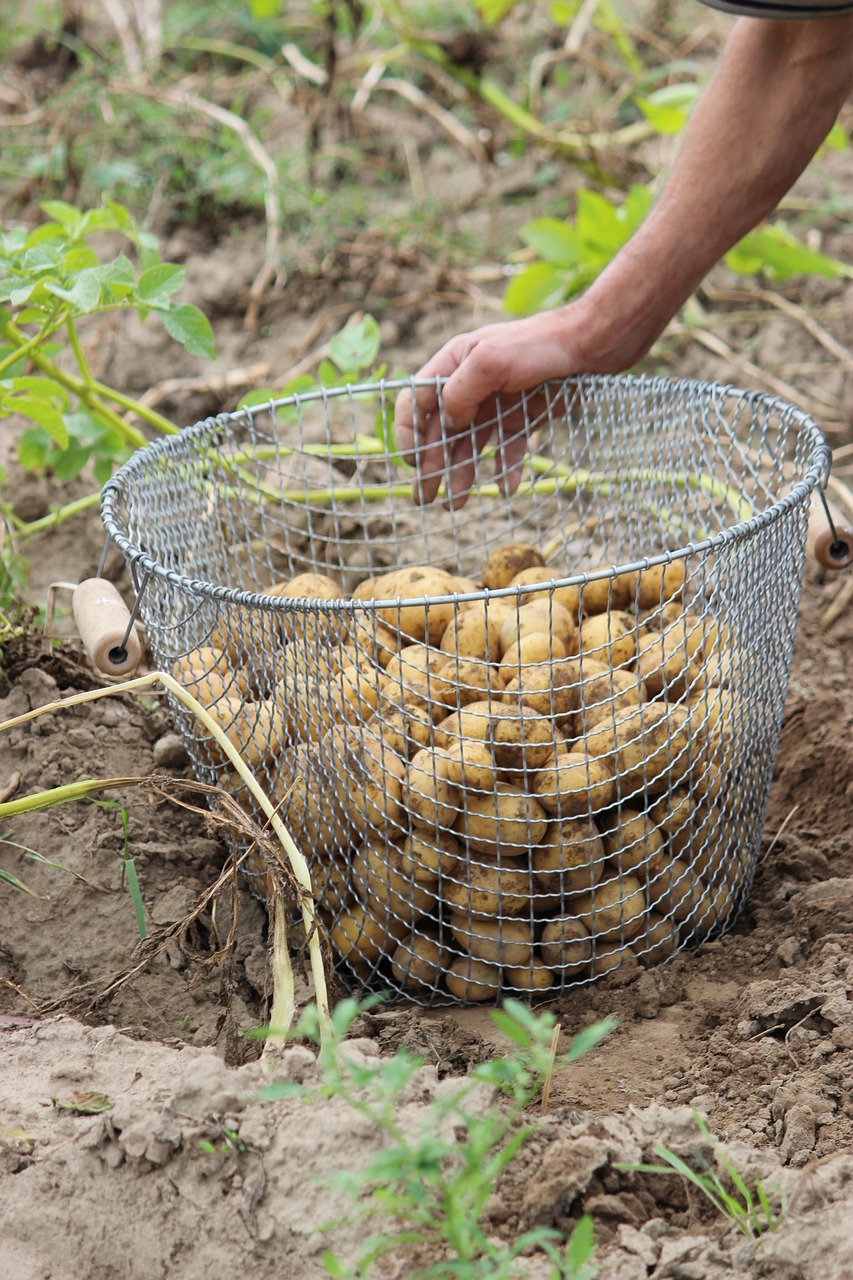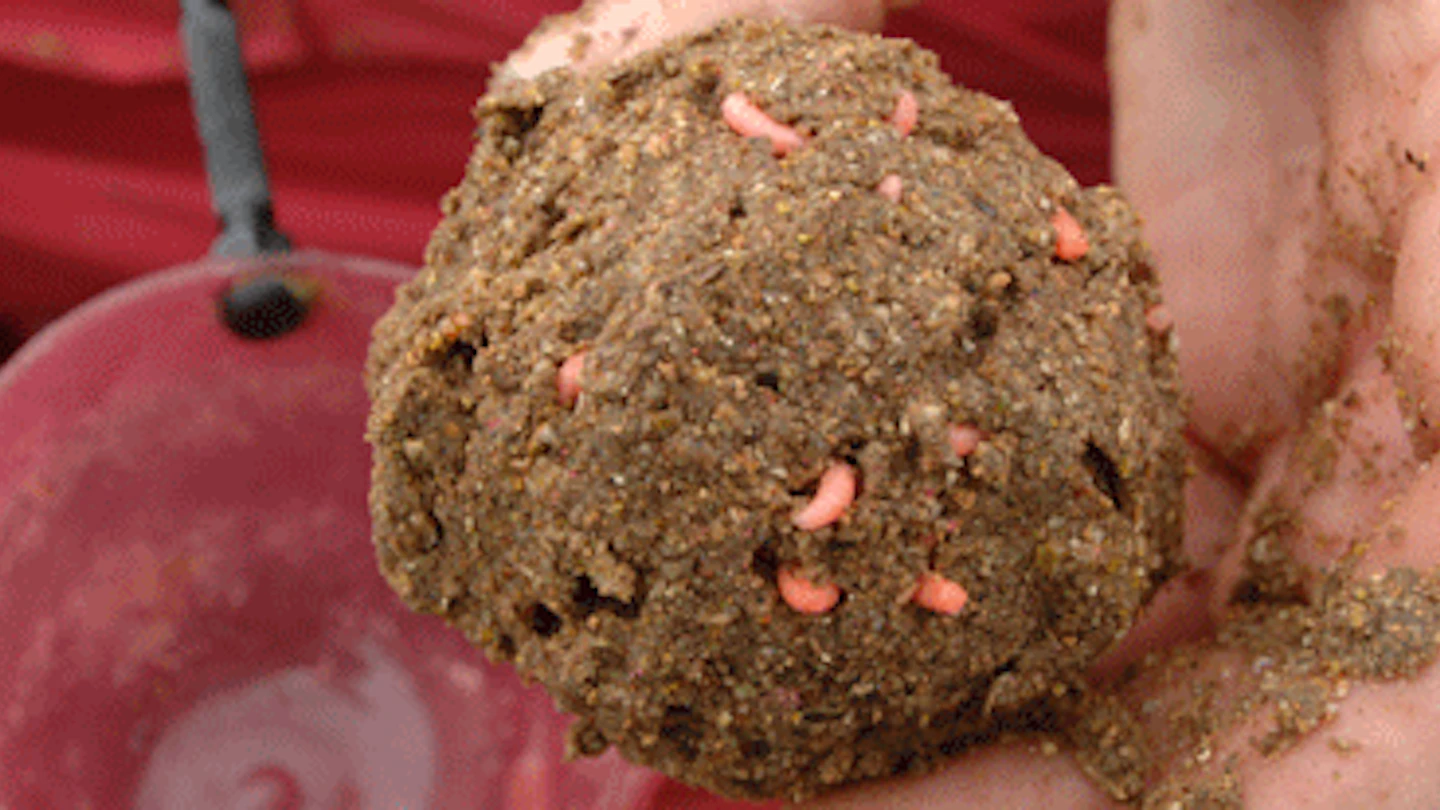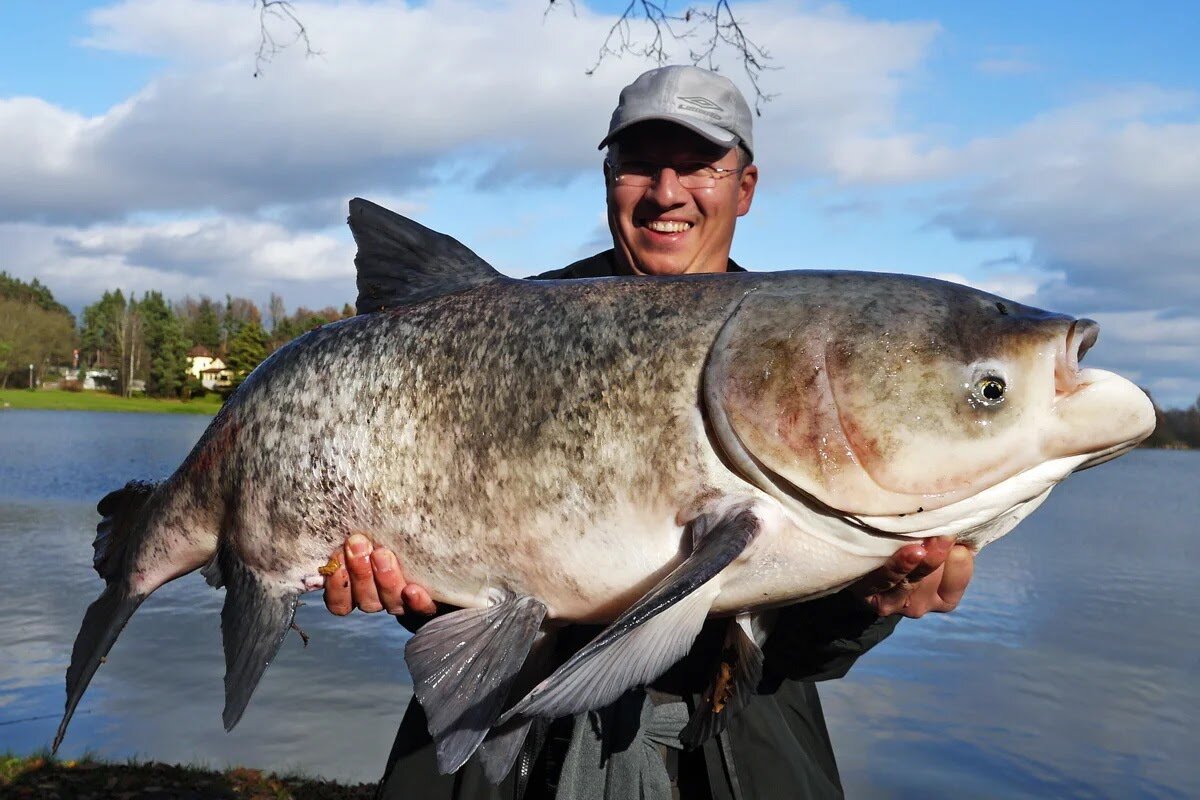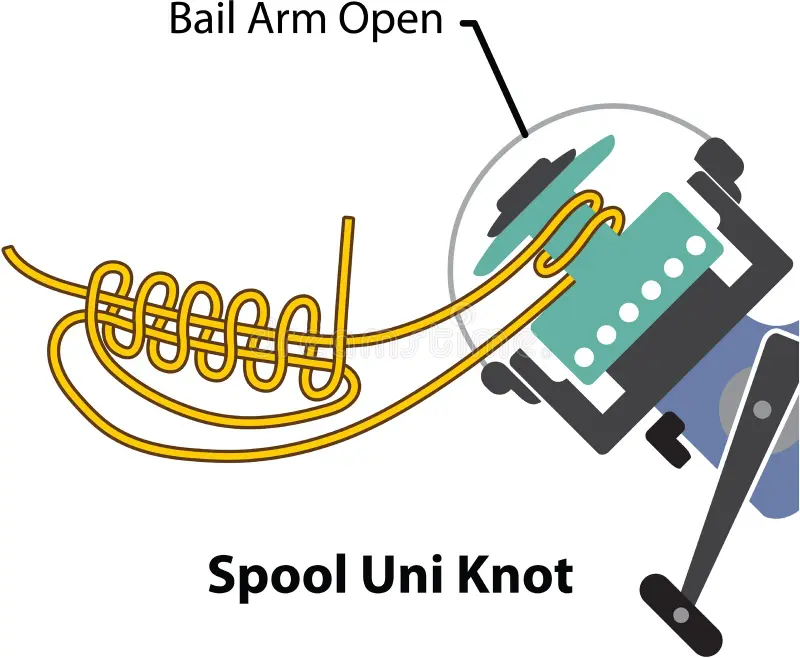
How to tie a fishing line to a spool

8 min read
Learning how to tie a fishing line to a spool is an important skill for any angler. Properly spooling a line onto a reel can greatly improve your fishing experience, as it can help to reduce line tangles and improve casting accuracy.
In this article, we will provide a step-by-step guide on how to tie a fishing line onto a spool, as well as some tips and tricks to help you get the most out of your line. Whether you are a beginner or an experienced angler, this guide will help you to properly spool your line and get the most out of your fishing gear.
The main methods for knitting a knot
The most important thing in the principle of tying a knot is a strong knot that cannot be unwound during tension. Therefore, you need to follow the knitting rule very well and check the strength of the knot before the next casting of the fishing line. When the angler carries out this action, the answer to the wording of how to tie a fishing line to a spool on spools will not be new.
For the elasticity of all elements, so that it does not untie and all functions are performed efficiently, it is necessary to fix the knot so that the supplemented windings do not hang. This greatly simplifies the task of the angler, because the fishing line will not tangle.
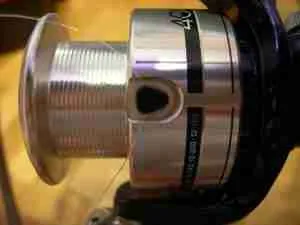
It is rather difficult to answer the question of how to tie a fishing line to a reel spool, but in practice, there are such principles:
- Those nodes that the angler has chosen should not be difficult to work with. Since the knitting pattern is quite complicated and the fisherman can get confused about it if he makes a complex loop. It fails at a crucial moment.
- The fishing line must be well attached to the spool - the center of the unit before tying a knot.
These are two basic principles that should be observed to increase the productivity of the catch of absolutely any fish.
Returning to the question of how to tie the fishing line to the spool of the reel correctly, it should be noted that, among other things, the knot must be tight enough. This is necessary so that it does not slip, untying at the same time. After, proceed to the next step - how to tie the braid.
Self-linking nodes
Remember that this knot is considered one of the best options for attaching fishing line to spools. There are enough knitting methods for it (spool), and there are those that are easier to tie correctly or harder. And it’s not just a node. Initially, the line is always wound on spools under tension.
This option will help to get rid of multiple errors while using the fishing rod. Citizens from America tried it originally and called it “backing”.
The self-tightening knot
We knit it simply. You just need to do everything on the list. After that, it will tighten on its own when pulled, which will ensure a very tight fastening of the fishing line on the reel.
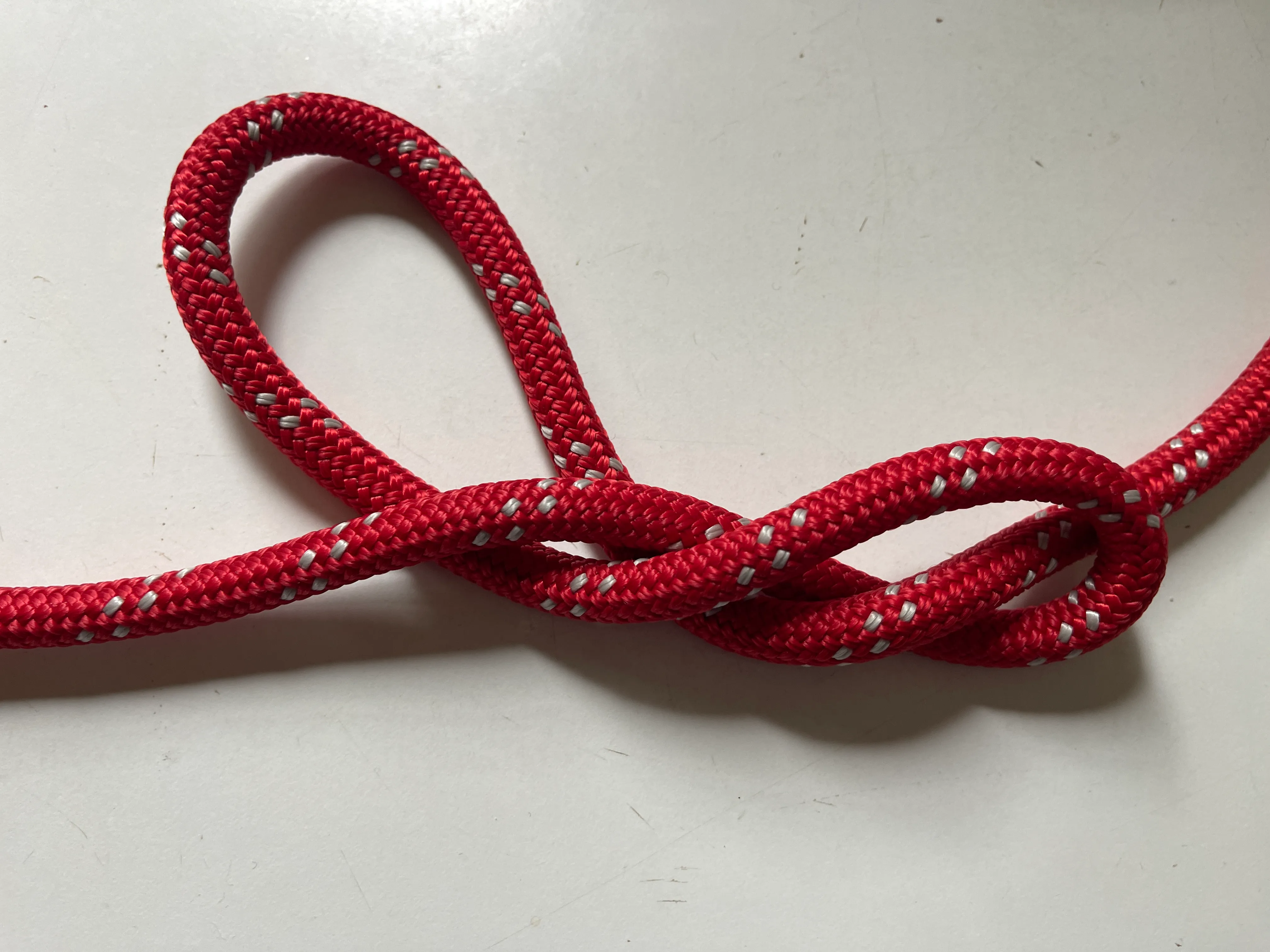
Mounting on this type of loop is done in this way:
- Create the entire turn of the fishing line along the spool;
- At the end of the fishing line we tie a loop, that is, tie a knot;
- Wind the free part at the end around the main line up to 5 times;
- Push the free part into the upper part of the loop;
- Wet the knot on the coil with water - then tie it;
- Those pieces of fishing line that remain must be cut off with scissors.
This connection is suitable for various types of fishing lines and is the tightest, and also cannot be untied indifferently.
The only drawback of this type is that it is very difficult to untie the loop due to tightly tied knots, you need to use scissors.
Knitting with a silk knot
Knitting with this type of “eight” is also suitable for strengthening the line to the bobbin of the reel. How to tie braid? Very simple: the technique for tying this type of knot is provided.
We knit like this:
- We wrap the fishing line along the spool.
- Draw the free end along the main end.
- We wrap using a loop with two ends.
- We stretch the clean end to the initial braid.
- To properly tie - gently tighten the knot.
Complete with non-inertial coils, a special is often supplied. adhesive plate, it can be used for good strength of the fishing line and spool elements. This is necessary for the purpose that in the event of a complete unwinding of the fishing line, the loop does not slip on the reverse windings. Fix the knot using an adhesive plate - it’s very simple. You just need to glue the knot on top. Instead of adhesive tape, you can take a simple patch.
Anglers now have access to some of the secrets and skills of catching fish that help anglers. Now they will not go home empty-handed.
How to tie a fishing line to a spool
Very often, most fishermen use the non-inertial fishing lines on the reel, so you need to find out which knot is best suited for attaching to the spool. To solve the question of how to fix the fishing line on the spool of the reel, you only need to apply for an adhesive plate.
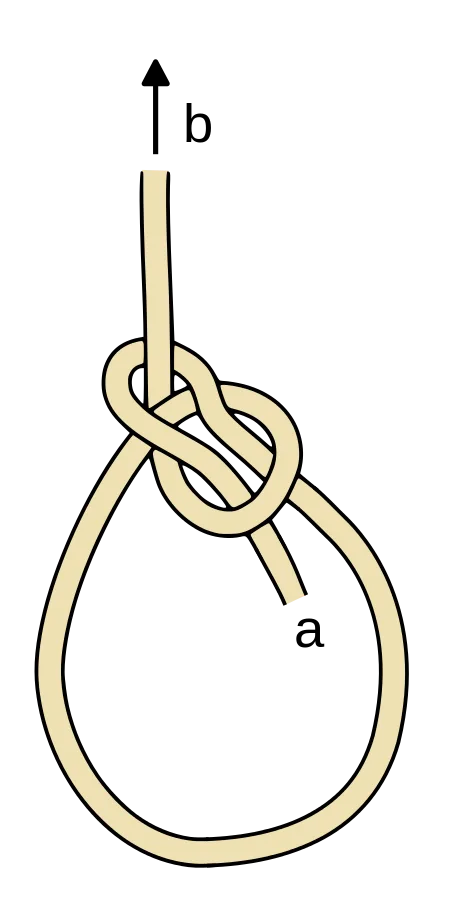
Remember that the selected node must be combined with such requirements as:
- When performing a long cast, all windings are wound up to the first knot. However, he does not untie.
- The knot should not interfere with the winding of the main, mainline on the spool.
- The fastening is strong, for this you need a fixation so that all the elements are clipped.
Occasionally, fishermen can tie the fishing line to the spool, or in general - it remains untied with a knot. Anglers confirm that such a number of knots is almost impossible to unwind, because of this, knots are not needed.
However, the more often fishing occurs, the faster part of the aggregate is used up. The gear starts getting smaller. Therefore, there is a real danger on just one cast to lose the whole tackle as a whole.
Preparation before tieing the line to the spool
Before you start spooling your fishing line onto the reel, there are a few important steps you should take to ensure that the process goes smoothly. These steps include:
- Determine the appropriate amount of line for your reel. The amount of line that you need will depend on the size of your reel, as well as the type of fishing you plan on doing. A general rule of thumb is to fill the spool with line until it is about two-thirds full.
- Cut the line to the appropriate length. Using a pair of scissors or a line cutter, trim the line to the desired length. Make sure to leave a few inches of excess line at the end to make it easier to tie the line to the spool.
- Attach the line to the spool using a double or triple overhand knot. To do this, first tie a simple overhand knot in the end of the line. Then, tie a second overhand knot directly on top of the first one, pulling the ends tight to secure the knot in place. For added security, you can tie a third overhand knot on top of the second one. This will create a strong and secure knot that will hold the line in place as you begin to spool it onto the reel.
Spooling the line onto the reel
Once you have prepared your materials and attached the line to the spool, it’s time to begin spooling the line onto the reel. Here are the steps to follow:
- Begin by threading the line through the guides on your rod. This will ensure that the line is properly positioned and ready to be spooled onto the reel.
- Start spooling the line onto the reel, making sure to leave enough space between the line and the rim of the spool. This will help to prevent the line from becoming tangled or knotted as you spool it onto the reel.
- As you spool the line, use your thumb to apply gentle pressure to the line. This will help to ensure that the line is evenly distributed on the spool.
- Continue spooling the line until you have reached the desired amount. Make sure to pay attention to the tension of the line as you go, and adjust the amount of pressure you are applying with your thumb as needed.
- Once you have reached the desired amount of line, stop spooling and proceed to the next step.
Use of an adhesive plate in fishing
A non-inertial coil often comes with professional adhesive tape. It is suitable for a good addition to a strong connection between spool and line. This is necessary for the purpose that the unwinding of the fishing line into loops does not begin to slide during reverse winding. Fixing the knot with this plate is very simple. It is necessary to glue the braid over the knot to the spool of the reel. Instead of a regular plate, you can take an ordinary band-aid.
Now every fisherman knows how to use adhesive plates in fishing. This technique will help to carry out fishing for a large predator in a very high quality!
Conclusion
In conclusion, properly spooling a fishing line onto a reel is an important skill for any angler. By ensuring that your line is neatly spooled, you can improve your casting accuracy, reduce line tangles, and get the most out of your fishing gear. Whether you are a beginner or an experienced angler, taking the time to properly spool your line can make a big difference in your fishing success.
